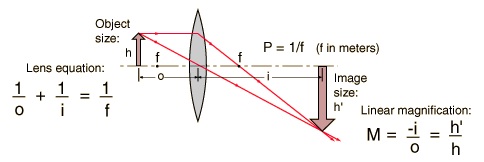
As image formed by the lens is real it follows that lens is convex.
Let object be located at a distance #u# form the lens. Image is given as formed on the other side at #v=20 cm#.
We know for that for a thin lens of focal length #f# the equation is
#1/v+1/u=1/f#
Keeping in view the sign convention the object distance is #-ve#. Measured from the center of lens on the other side (#-x# axis). If #f_1# is the focal length of this lens, inserting given values we get
#1/20−1/u=1/f_1# ..............(1)
When another lens is added to it, the image shifts #10 cm# towards the combination. This implies that second lens is also convex. Let second lens has focal length #f_2#
From lens' formula we know that focal length #F# of the combination is given by the equation
#1/F=1/f_1##+1/f_2# .....(2)
Also from lens equation we get
#1/10−1/u=1/F# ......(3)
Now from equations (2) & (3), we get
#1/10−1/u=1/f_1## + 1/f_2# .....(4)
Subtracting (1) from (4)
#1/10−1/u-(1/20−1/u)=1/f_1## + 1/f_2##-1/f_1#
#=>1/f_2##=1/20#
#=>f_2##=20cm=0.2m#
Thus Power P of second lens #=1/f_2##=1/0.2=5"D"#

